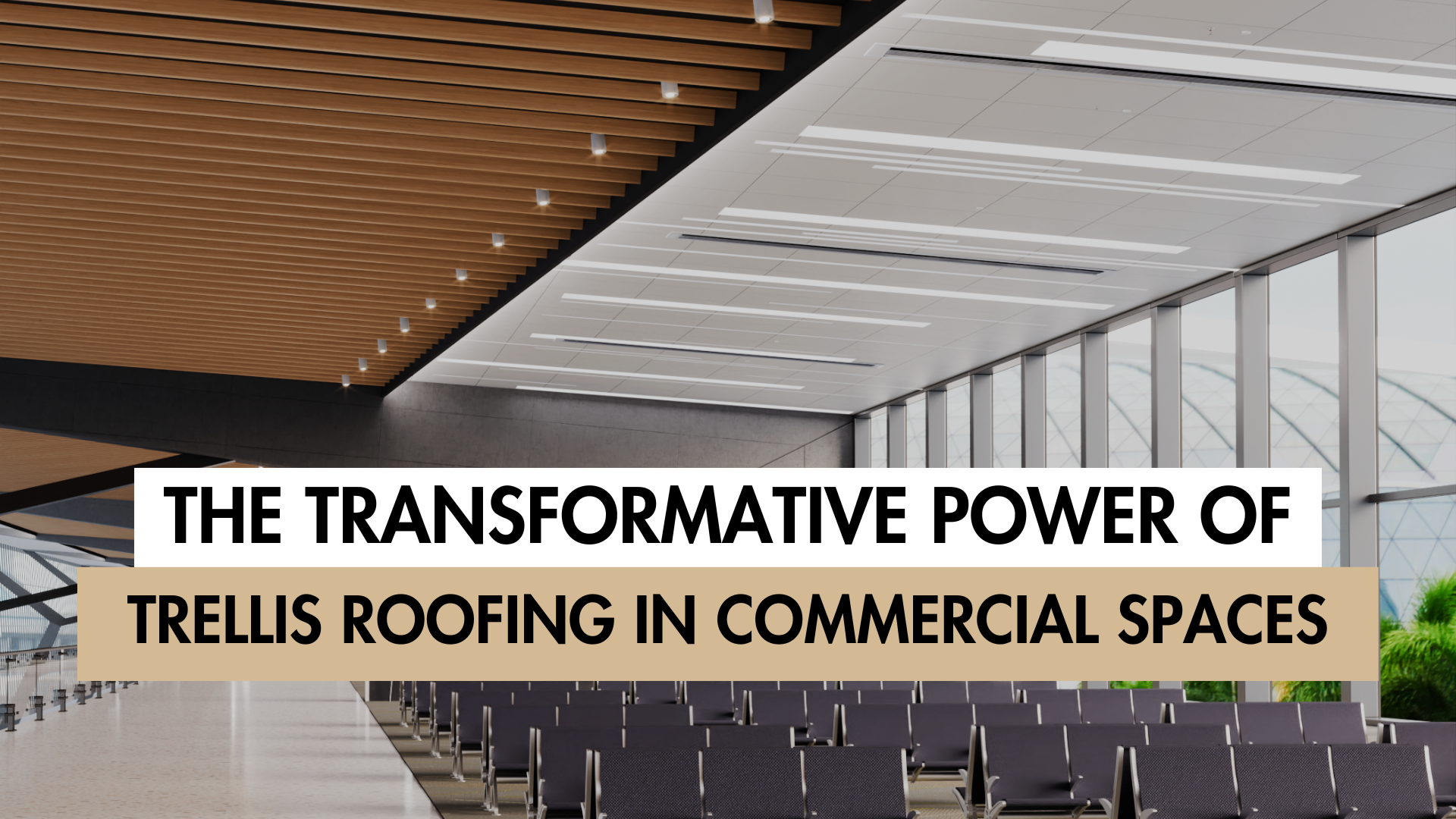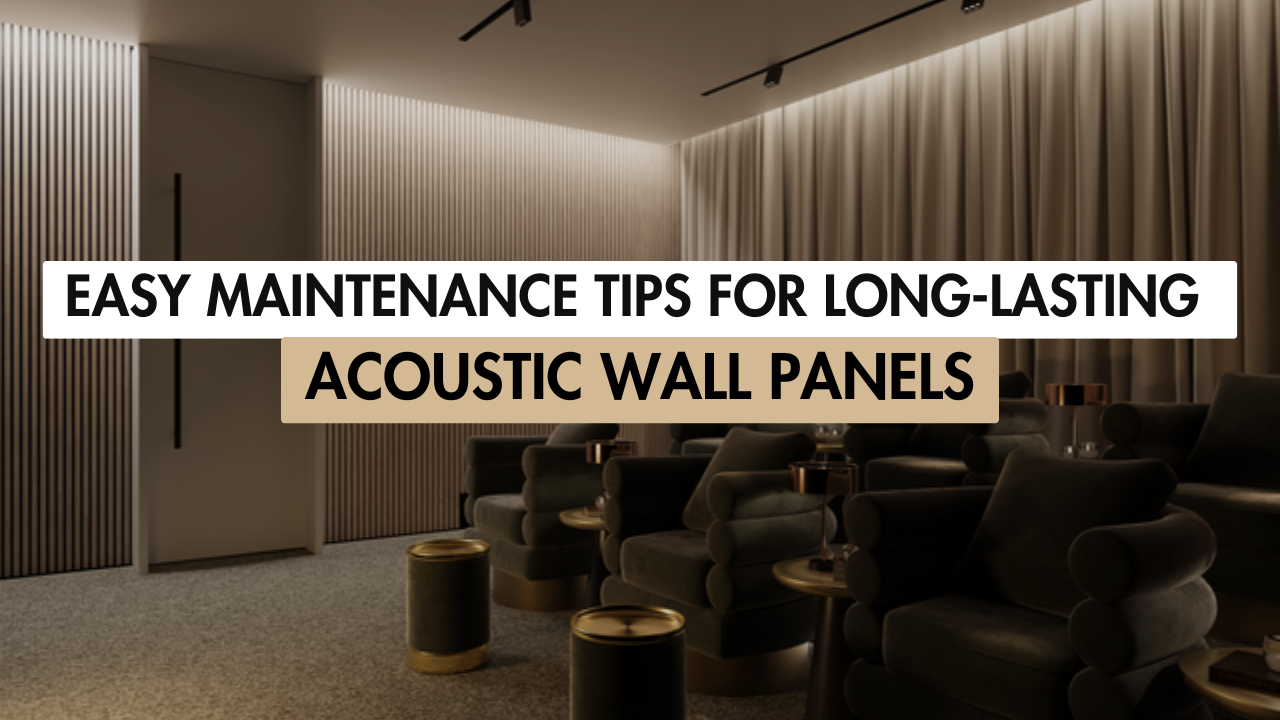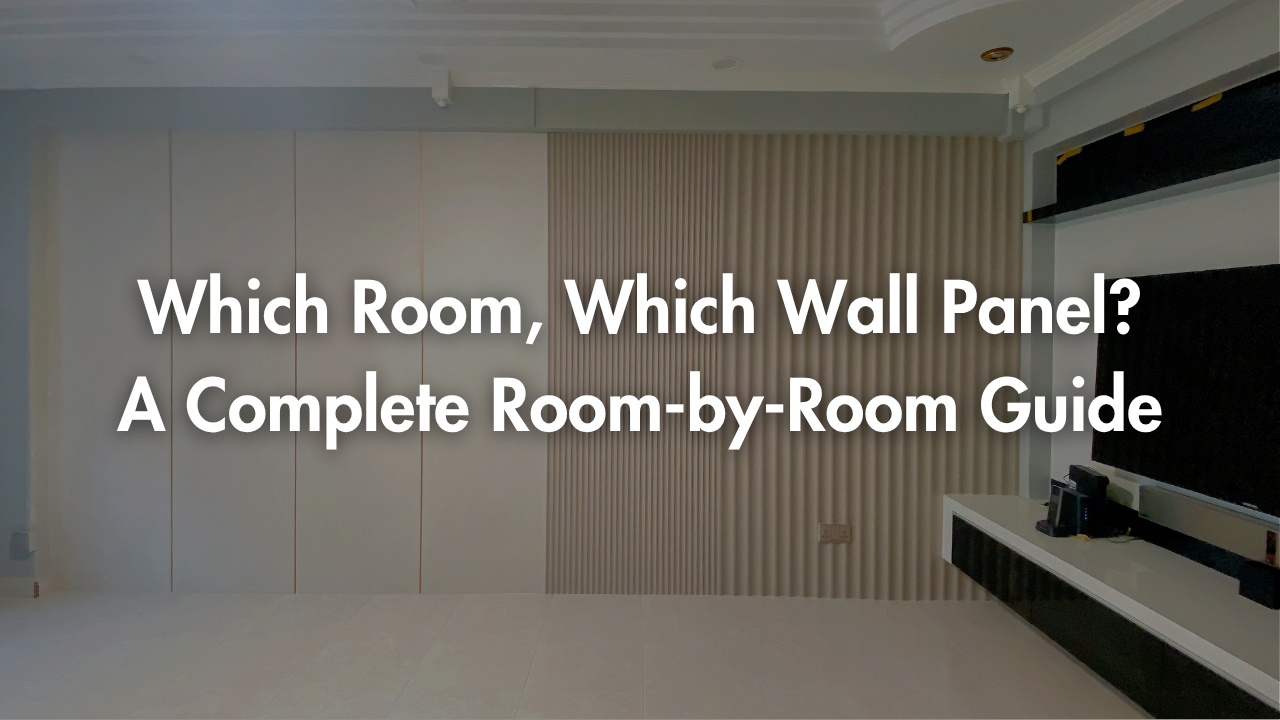
Which Room, Which Wall Panel? A Complete Room-by-Room Guide
Introduction: The Evolution of Wall Panelling
Wall panelling has transformed from Tudor-era oak beams to today’s sophisticated solutions that merge artistry with functionality. Modern panels offer transformative potential for any space, combining durability, aesthetic flexibility, and climate adaptability, particularly valuable in humid regions like Singapore. This definitive guide explores how to strategically match panel types, textures, and colours to specific rooms, addressing unique challenges from steam-filled bathrooms to high-traffic hallways. Whether renovating an HDB flat or upgrading a luxury condo, discover how to elevate your interiors with intelligent panelling choices.
Section 1: Why Modern Wall Panels? Science-Backed Benefits
Contemporary wall panels deliver unparalleled advantages that traditional materials struggle to match:
- Climate Resilience
- Panels engineered with moisture-resistant cores (like WPC) prevent warping in humidity fluctuations.
- In tropical climates, mould-proof technology inhibits bacterial growth which is critical for health and longevity.
- Real-World Impact: Singaporean homes report 60% fewer surface issues versus painted walls after 2 years.
- Health & Environmental Safety
- VOC-free panels eliminate toxic off-gassing (linked to respiratory issues), improving indoor air quality.
- Sustainable options now incorporate recycled materials or FSC-certified wood veneers.
- Durability Meets Low Maintenance
- Scratch-resistant surfaces withstand pets, children, and furniture impacts.
- Waterproof finishes allow effortless cleaning: most spills wipe away with a damp cloth.
- Cost Efficiency: Eliminates repainting costs every 3-5 years.
- Design Versatility
- From convincing wood/stone replication to bold metallics, panels adapt to any aesthetic.
- 3D texture flutes add depth without consuming floor space, which is ideal for compact homes.
Section 2: Anatomy of Wall Panels: Types, Textures & Colours
Understanding core variations ensures perfect room alignment:
Material Finishes & Colours
- Wood Veneers
- Light Tones (White Oak, Muji, Maple): Visually expand small rooms; enhance Scandinavian/minimalist schemes.
- Rich Tones (Walnut, Mahogany, Dark Walnut): Add warmth and sophistication to studies or dining areas.
- Charcoal/Teak: Ground contemporary spaces with organic depth.
- Solid Colours
- Neutrals (White, Cream, Light Grey): Maximise light reflection; ideal for windowless spaces.
- Statement Hues (Olive, Aqua, Black): Define feature walls in living rooms or entryways.
- Pro Tip: Taupe and Space Grey conceal scuffs in high-traffic zones.
- Metallics
- Warm Tones (Rose Gold, Champagne): Introduce luxury to master suites.
- Cool Tones (Silver, Steel): Amplify light in corridors; pair with LED strips for drama.
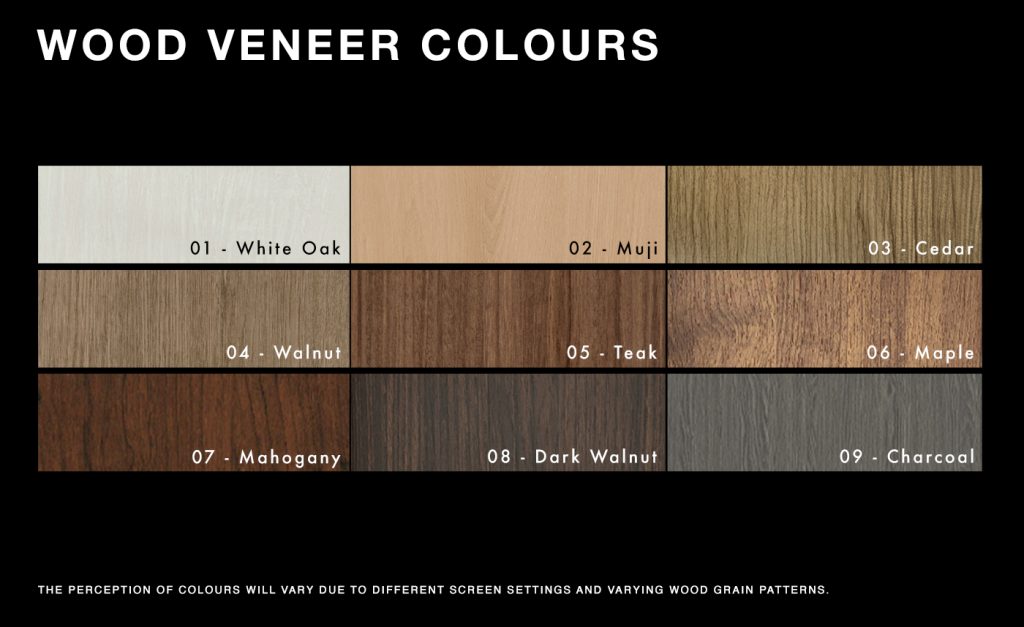
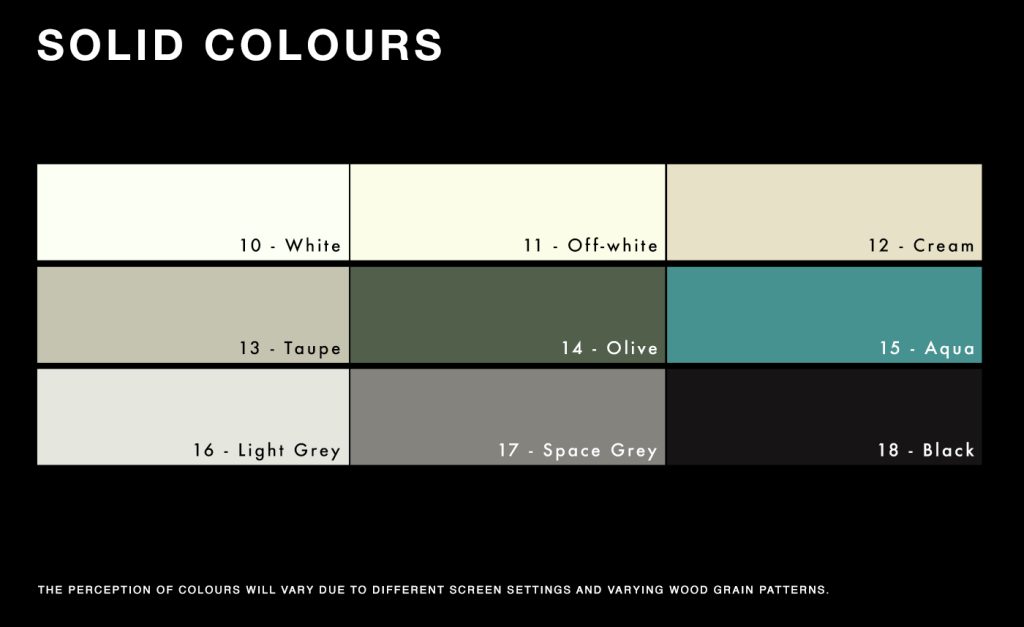
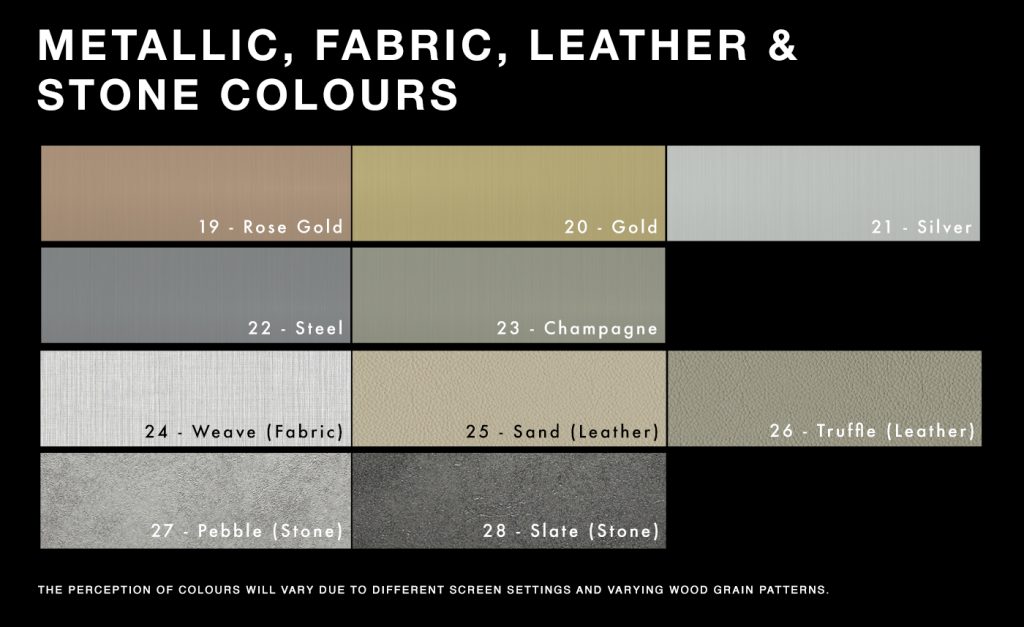
Advanced Textures
- Fabric-Inspired (Weave)
- Best For: Bedrooms or media rooms, it softens acoustics and adds tactile comfort.
- Maintenance: Vacuum with brush attachment monthly.
- Leather-Effect (Sand, Truffle)
- Best For: Headboards or accent walls; resists fingerprints and minor abrasions.
- Design Tip: Pair Sand texture with walnut veneer for organic contrast.
- Stone Replication (Pebble, Slate)
- Best For: Balconies or bathroom splashes – authentic grit without weight or porosity.
- Climate Advantage: Non-porous surface prevents moisture absorption.
Section 3: Strategic Room-by-Room Pairing Guide
- Living Rooms: Where Style Meets Resilience
- Core Challenges: High visibility, furniture scuffs, entertainment-ready ambiance.
- Optimal Panels:
- Wood Veneers (Cedar, Walnut): Warmth under TV units; scratch resistance handles frequent rearrangement.
- Slate Texture: Natural focal point behind sofas; disguises minor imperfections.
- Colour Psychology: Light oak promotes relaxation; charcoal boosts modern drama.
- Pro Tip: Install metallic borders (Gold/Silver) to frame feature walls.
- Kitchens: Defending Against Steam & Stains (Expose to direct or extreme heat is not advisible)
- Core Challenges: Grease accumulation, steam exposure, splash zone durability.
- Optimal Panels:
- Solid Colours (White, Light Grey): Brightens cabinetry walls; seamless stain camouflage.
- Pebble Texture: Waterproof splashback alternative to tiles; grout-free simplicity.
- Maintenance Hack: Degrease monthly with soapy water – no harsh chemicals needed.
- Bedrooms: Crafting Personal Sanctuaries
- Core Challenges: Noise reduction, wear from daily routines, mood enhancement.
- Optimal Panels:
- Weave Texture: Acoustic headboard wall; reduces echo in minimalist spaces.
- Muji/White Oak Veneer: Serene backdrop for meditation corners.
- Colour Impact: Off-white/cream panels enhance natural light; teak adds cosiness.
- Wellbeing Focus: VOC-free materials improve sleep quality.
- Bathrooms: Humidity Warfare
- Core Challenges: 100% water resistance, mould prevention, slip safety.
- Optimal Panels:
- Aqua/Charcoal Solids: Spa-like ambiance.
- Sand Texture: Non-slip vanity zones; masks water spots.
- Installation Note: Seal edges with silicone to prevent vapour ingress.
- Home Offices: Professionalism & Focus
- Core Challenges: Video-call backdrops, concentration enhancement, cable management.
- Optimal Panels:
- Dark Walnut/Mahogany Veneer: Library-worthy sophistication.
- Truffle Texture: Luxe accent wall behind desks.
- Functional Design: Install cable channels behind panels for clutter-free tech.
- Lighting Synergy: Matte finishes reduce screen glare.
- Hallways & Balconies: Enduring Heavy Traffic
- Core Challenges: Weather/UV exposure, scuff resistance, spatial illusions.
- Optimal Panels:
- Metallics (Silver/Steel): Reflects light in narrow halls; UV-stable pigments.
- Pebble Texture: Weatherproof balcony cladding; withstands tropical downpours.
- Space Enhancement: Vertical slate panels heighten low ceilings.

Section 4: Climate-Sensitive Considerations for Tropical Homes
Singapore’s unique environment demands specialised approaches:
- Humidity Combat Strategies
- Avoid organic-based panels (like MDF), opt for waterproof WPCs.
- Ensure vapour-permeable installations prevent condensation buildup.
- Heat & UV Management
- Select panels with some thermal expansion rates to prevent warping.
- UV-stable pigments (e.g., charcoal, teak) resist fading on sun-drenched balconies.
- Mould Prevention Protocol
- Antimicrobial coatings are non-negotiable for bathrooms.
Section 5: Installation Insights & Sustainable Practices
Installation Methods
- Professional Installation: Recommended for complex textures (weave/slate) or uneven walls.
- DIY-Friendly Systems: Click-lock panels suit experienced homeowners; requires precise levelling.
- Critical Prep: Treat underlying mould/leaks before installation.
Cost-Benefit Analysis
- Short-Term: Higher upfront cost vs paint.
- Long-Term: 10-15 year lifespan with near zero maintenance, that’s is 40% savings over a decade.
Conclusion: Intelligent Walls, Transformed Spaces
Wall panels revolutionise interiors by marrying beauty with brawn, from rose gold feature walls elevating dining areas to waterproof pebble textures fortifying bathrooms. By aligning panel types to your room’s functional demands and local climate, you create spaces that endure and inspire.
Explore diverse wall panel applications through trusted suppliers like Vwalla Products or learn about material innovations About.
3 Reasons Why Trellis Roofing Should be Used in Commercials
In the realm of commercial design, the fusion of functionality and aesthetics is paramount. Architec
Faux Marble vs Real Marble: A Comprehensive Comparison
Marble has long been associated with timeless elegance and sophistication, making it a top choice fo
Easy Maintenance Tips for Long-Lasting Acoustic Wall Panels
Acoustic wall panels are essential elements in achieving the perfect balance of sound in your home o


